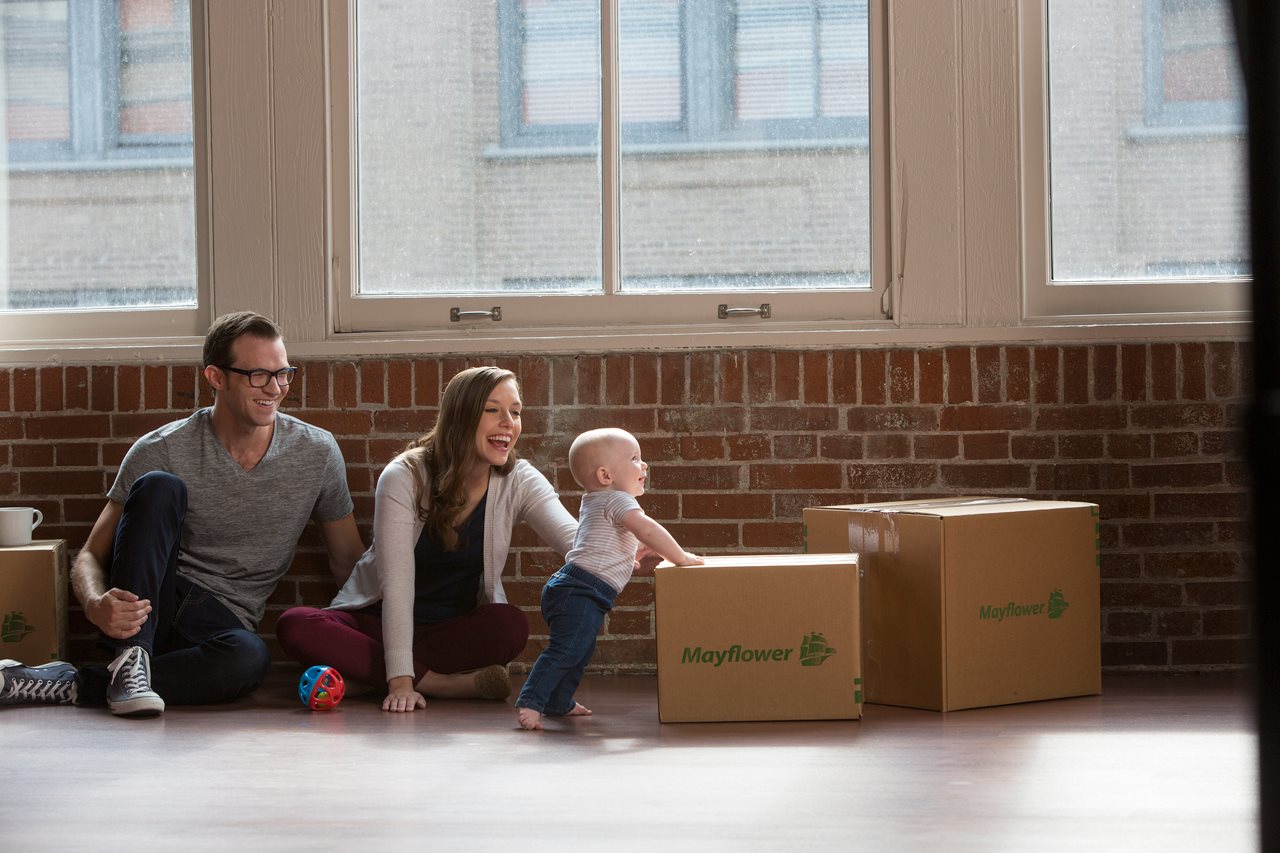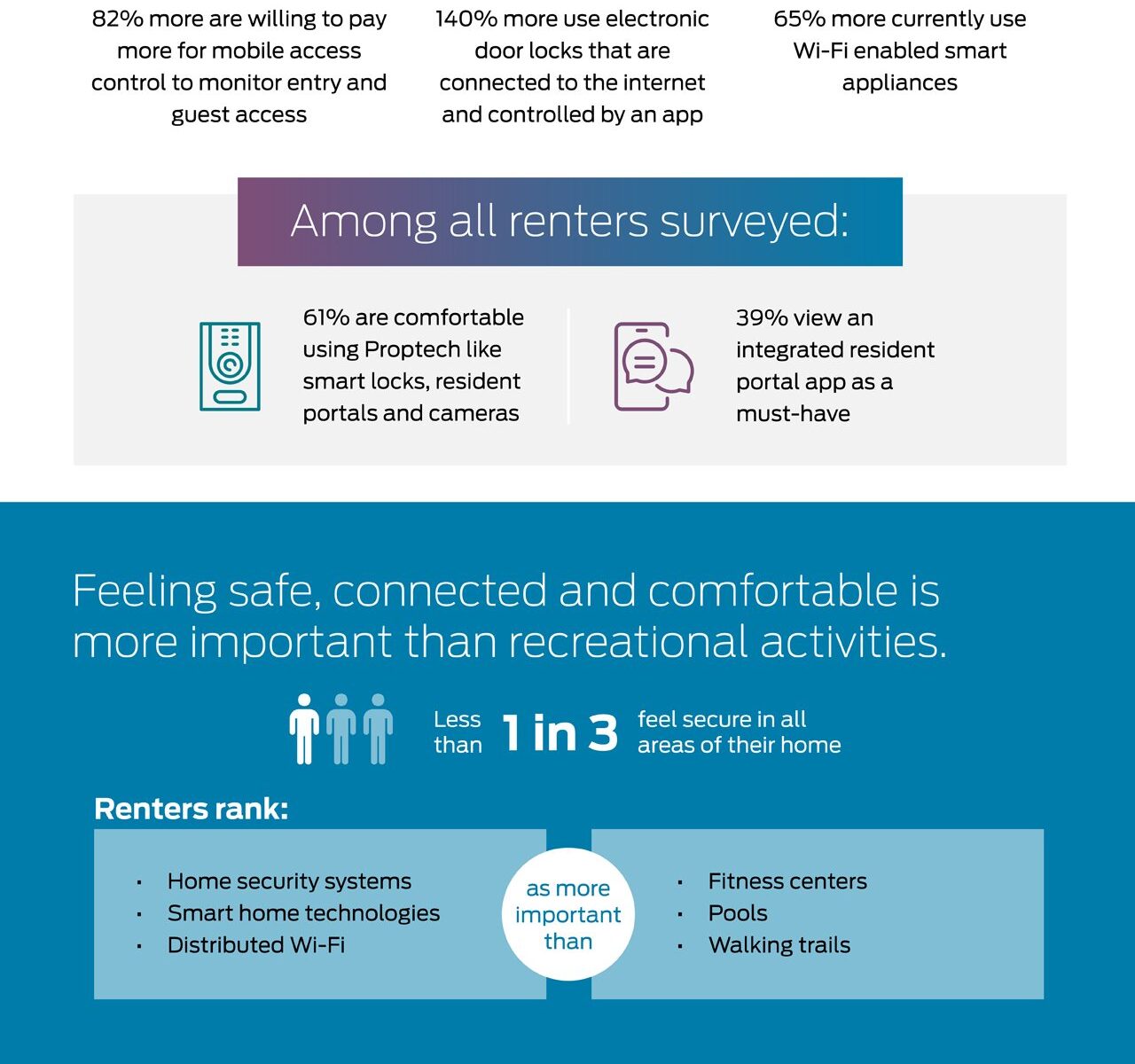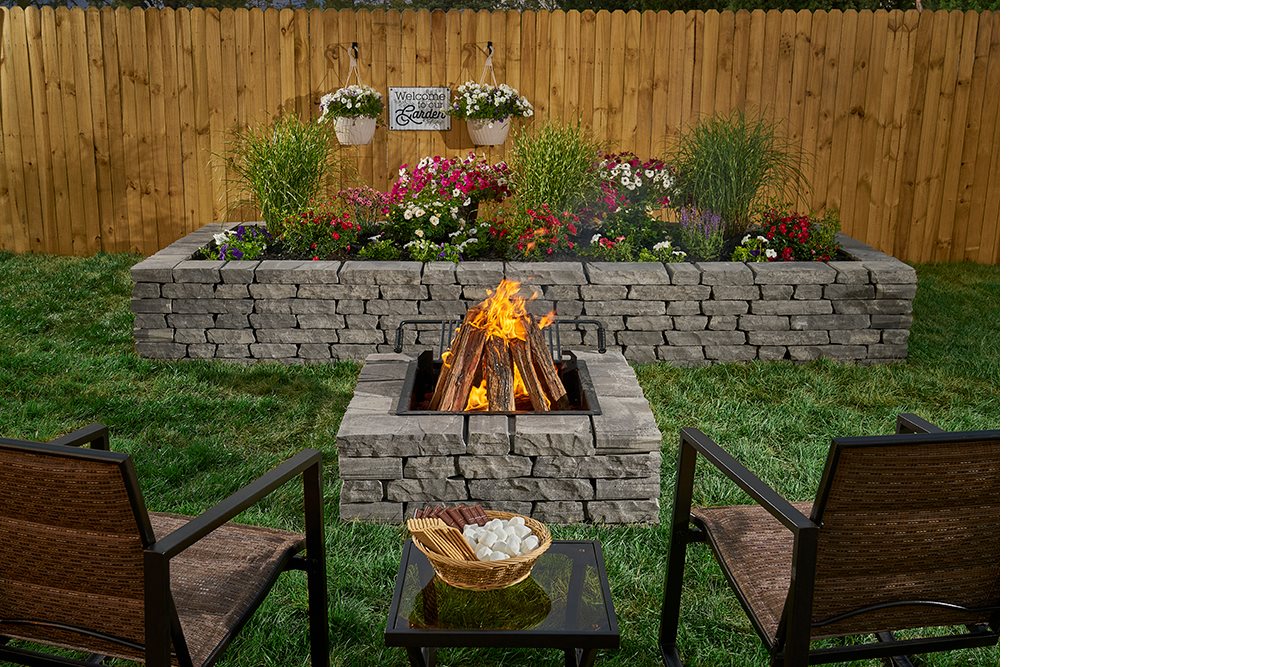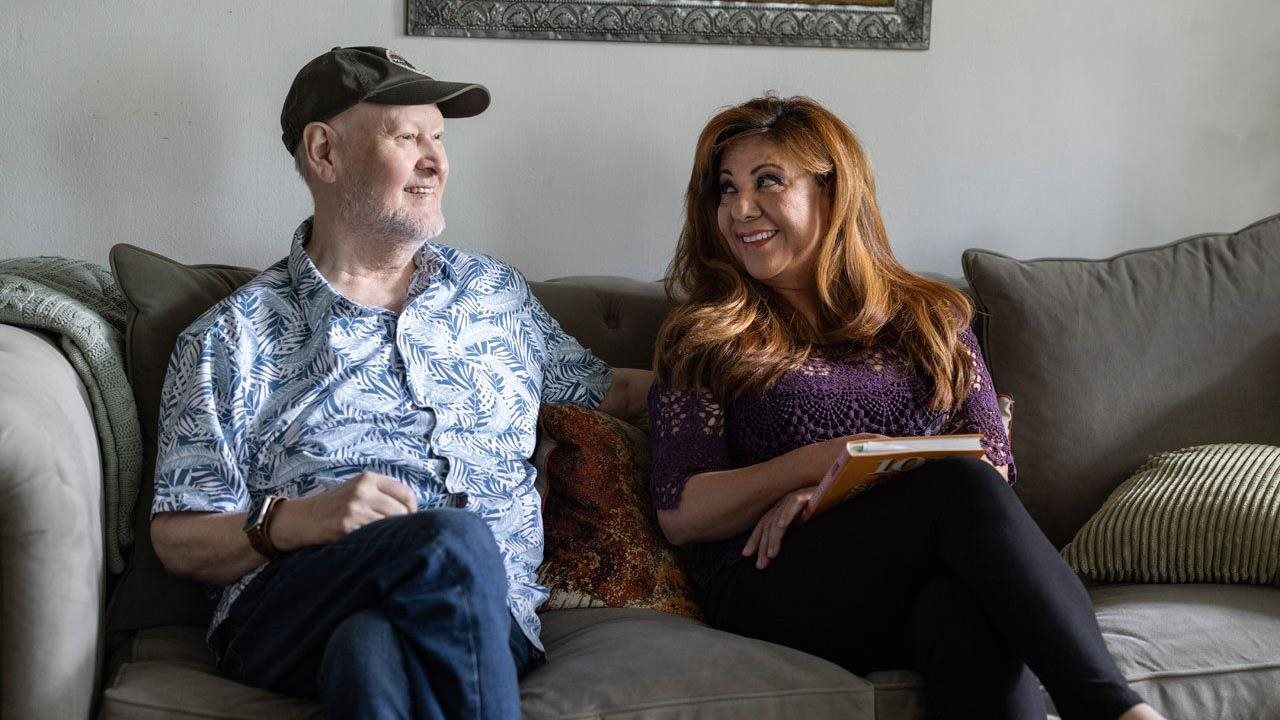2023-11-02T09:15:00
(BPT) – Sport utility vehicles (SUVs) are now the dominant vehicles on U.S. roads, making up more than half of new car sales for three years running, according to J.D. Power. The SUV segment has become as diverse as it is large, ranging from three-row luxury vehicles to sporty crossovers to off-roading powerhouses, and similarly, SUV drivers are far from a homogenous lot, putting their cars to a variety of uses.
So if you are among the millions of SUV drivers in the U.S., you need to ensure your vehicle is equipped with the right tires for the job. Hankook Tire’s Dynapro line-up is designed to offer SUV (and light truck) drivers a complete range of tires for all conditions and journeys. Here are five types of tires, from on-road cruising to off-road adventuring, that SUV drivers should consider based on their driving needs.
For the road warrior: A comfortable, all-season touring tire – Dynapro HPX
Drivers who rack up the miles in their SUV don’t want to compromise comfort for performance, or handling for tread life. They need an all-season touring tire that can offer smooth, comfortable driving in a variety of weather conditions, and can stand up to tens of thousands of miles on the road.
Hankook Tire just announced an all-season touring tire, the all-new Dynapro HPX, delivering great braking and handling performance in rain and light snow, while also minimizing tread pattern noise to maximize the cabin experience. It also comes with a 70,000 mile warranty and is designed to last 12% longer than competing tires.
For the daily driver: A reliable highway tire – Dynapro HT
Drivers focused on school runs, office commutes and the occasional road trip for vacation need a tire that can be relied on all year round without breaking the bank. An all-season highway tire that offers a generous mileage warranty ensures the tires will deliver good bang for their buck. And with all-season reliability, these tires can be trusted to keep drivers and their passengers safe in a variety of weather conditions that most of us will face throughout the year.
For the dirt road enthusiast: An on- and off-road all-terrain tire – Dynapro AT2 Xtreme
Some drivers love a mixture of Sports and Utility from their SUV — they enjoy taking their vehicle off the beaten track on weekends and commuting to work on a Monday morning with fresh mud stains on the fender. An all-terrain product that mixes aggressive design with on-road comfort helps drivers tackle gravel and loose surfaces without having to deal with the dreaded tire drone when they’re back in civilization.
For the off-road expert: A rugged terrain tire – Dynapro XT
More dedicated off-roaders might be looking for a tire they can fit to their SUV when it’s time to hit the trails. A rugged terrain tire can handle steep profiles, off-camber environments and even rock crawling, on a variety of surfaces from grass to dirt to sand. The ideal rugged terrain tire will offer rigid block patterns and deeper grooves to handle these conditions, whether they consider themselves overlanders or desert explorers.
For the ultimate outdoor adventure: A tough mud tire – Dynapro MT2
SUV drivers looking to tackle the toughest terrain need a tire that can handle everything from the deepest mud to the roughest rocks. This class of tires should offer extra protection from chips and tears on gravel, massive treads to deliver ultimate off-road traction, and ejectors that release mud and stones to maximize grip.
No matter what drivers are planning with their vehicles, the wide range of SUVs in the U.S. marketplace is now fully complemented by a rich portfolio of tires for everything drivers need. Hankook’s Dynapro line-up offers a broad range of performance characteristics to meet these needs, for drivers keeping their wheels squeaky clean or spending their Saturdays winching through the woods.














